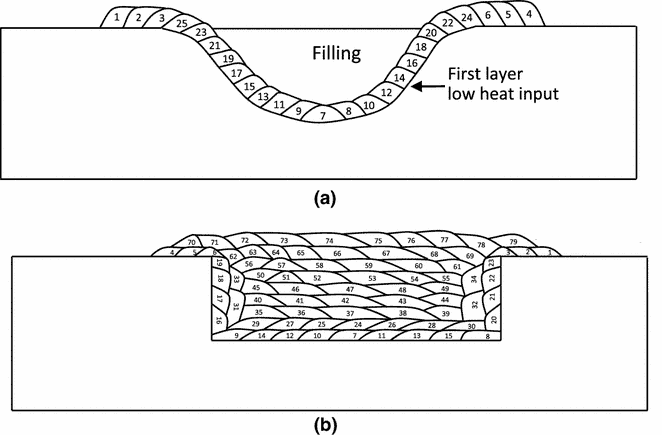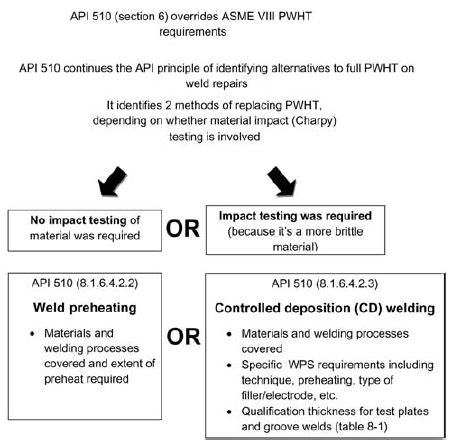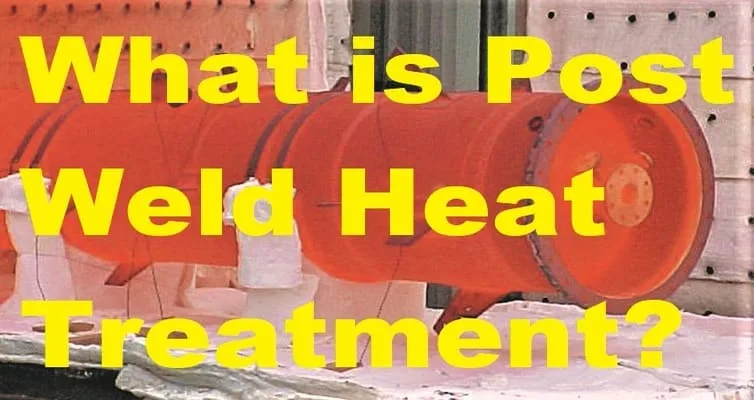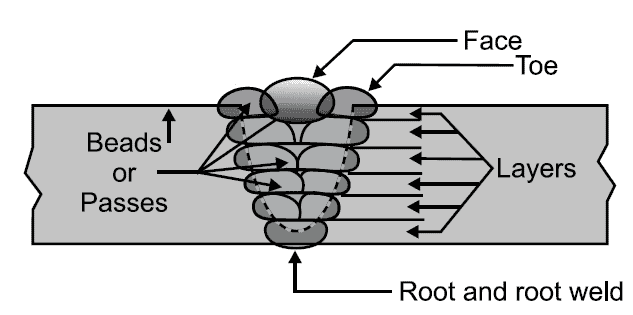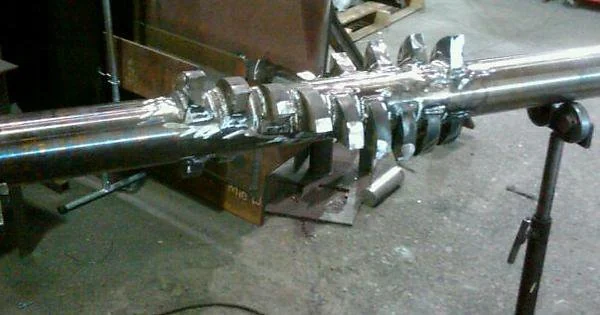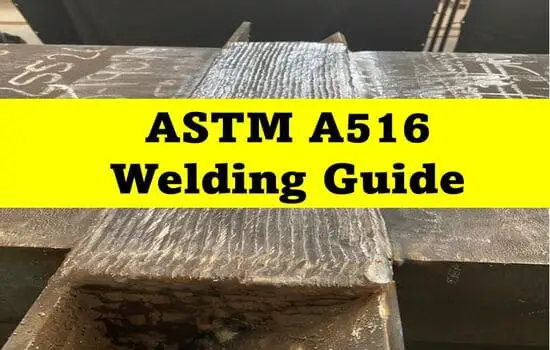In the realm of welding, there are various techniques employed to ensure the strength and integrity of welded joints. One such method is Controlled Deposition (CD) welding, also known as temper-bead welding. This article will delve into the principles, benefits, and applications of CD welding as an alternative to Post Weld Heat Treatment (PWHT).
Principle of Controlled deposition or CD Welding
CD welding is outlined in detail in API 510 section 8.1.6.4.2.3, and its underlying principle is relatively straightforward. When multiple layers of weld metal are applied, the heat generated by the upper layers provides heat treatment, resulting in grain refinement, to the underlying weld. This gradual buildup of multiple layers ensures that the entire depth of the weld experiences a certain level of grain refinement.
The principle of Controlled Deposition (CD) welding, also known as temper-bead welding, revolves around the concept of utilizing heat from upper layers of weld metal to provide heat treatment and grain refinement to the underlying weld.
When performing CD welding, multiple layers of weld metal are sequentially deposited on top of each other. As each layer is added, the heat generated by the upper layers causes localized heating of the underlying weld. This heat treatment process leads to grain refinement, improving the mechanical properties and integrity of the weld.
The gradual buildup of multiple layers ensures that the entire depth of the weld receives a certain level of grain refinement. This is particularly beneficial in mitigating the risk of cracking and improving the overall strength of the weld joint.
However, it is important to note that the top layer of the final weld pass does not receive the same heat treatment from layers above it. To address this, the top layer is typically ground off, ensuring uniformity and maintaining the desired metallurgical properties throughout the weld.
The principle of CD welding is based on the understanding that controlled and sequential deposition of weld metal can provide localized heat treatment and grain refinement, resulting in improved weld quality and performance. This technique is commonly used in applications where the material requires impact testing and is recognized as an effective alternative to traditional Post Weld Heat Treatment (PWHT) methods.
Addressing the Top Layer
While CD welding provides grain refinement throughout the weld, the top layer of the final weld pass does not receive additional heat treatment from layers above it. To overcome this, the top layer needs to be ground off, as shown in the accompanying figure. This step ensures uniformity and maintains the desired metallurgical properties.
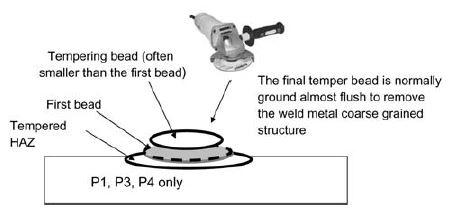
Advantages over Preheat
CD welding is often considered a more effective alternative to preheating alone when replacing full PWHT. It finds its significance in materials that necessitate impact testing (notch toughness or Charpy) as a requirement for their use in pressure equipment. The need for impact tests suggests that the material may possess a tendency towards brittleness, making the preheat method inadequate.
Integration into API Codes
Both preheat and CD welding have become integral aspects of API codes. They are referenced in API 510, 570, and 653, indicating their widespread adoption and acceptance in industry standards. While their usage is more prevalent in the United States, these techniques are gaining recognition worldwide.
Conclusion
Controlled Deposition (CD) welding, also known as temper-bead welding, offers an alternative to traditional Post Weld Heat Treatment (PWHT). By utilizing multiple layers of weld metal, CD welding provides grain refinement throughout the weld, ensuring improved integrity.
This technique proves particularly valuable for materials requiring impact testing and is gaining prominence in API codes. As welding practices evolve, CD welding stands as a reliable method for achieving desired metallurgical properties and enhancing the quality of welded joints.
